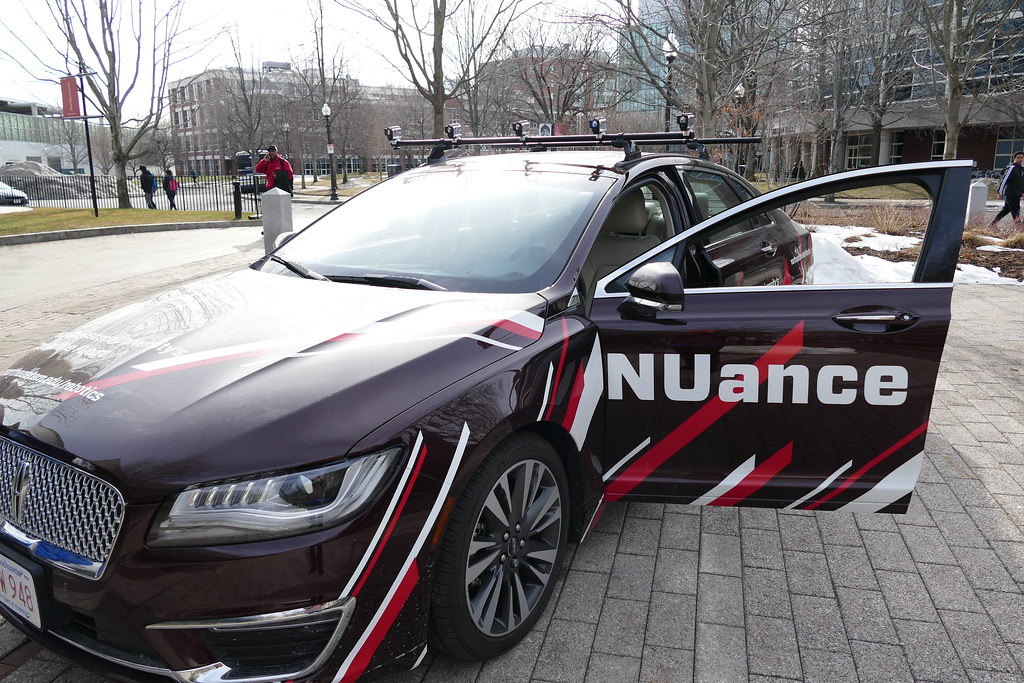Autonomous robots enable research in previously inaccessible areas

Northeastern University’s College of Engineering hosted a Robotics Open House as part of the university’s Engineers Week celebration February 21, 2017. During the event led by Hanumant Singh, Ph.D., jointly appointed professor of Electrical and Computer Engineering, and Mechanical and Industrial Engineering, Northeastern students, faculty, staff and prospective students, and Boston area youth dove into the world of engineering through the lens of autonomous robots. Dr. Singh has developed robots that can access remote areas of the world previously inaccessible because of the extreme operating conditions and the risks such extreme environments pose to human safety.

Robotics Open House event held for Engineers Week.
Professor Hanumant Singh gave a lecture as well as a tour of his lab.
Through an experiential presentation, the audience saw how robotic unmanned aerial systems have been used to census Adelie penguins in the Antarctic in their native habitat on the remote Danger Islands.
Dr. Singh’s underwater autonomous vehicle research in fisheries management is focused on improving stock assessment data by imaging, classifying and tracking the number and type of fish in-situ to allow for ecosystem based management techniques without physically relying on catch statistics.
As part of an effort to preserve the environment in Antarctica, Dr. Singh is also using robots to understand the effects of climate change in particular as it relates to understanding changes in sea ice concentration. By making precise measurements with robotic vehicles both under and above the ice simultaneously, scientists can obtain far more accurate measurements of surface elevation, snow depth, and ice draft, or the thickness of ice below the water line to understand the interactions of sea ice with global climate.
Dr. Singh further engaged the group with a trip to his research lab where he proudly displayed the JetYak, an unmanned autonomous kayak that was used to work in close proximity to calving glaciers in Greenland. This robot has allowed Dr. Singh and his collaborators to study the glaciers from a proximity unachievable by humans and has given them the opportunity to explore the physical oceanographic processes that are driving glacial melt in great detail.
In addition to bringing new standards for routine surveys with robots in extreme inaccessible areas in the Arctic, the Antarctic and in the deep ocean, Dr. Singh is working to further robotic capabilities by making his robots conduct adaptive surveys; in essence, have an on board intelligence to be curious like humans. This would allow these robots to break off their regular surveys if and when they encounter a phenomenon that they consider extraordinary and thus worthy of further investigation. If the robot were to encounter a swarm of crabs it would try to follow the swarm and characterize its properties as opposed to simply flying by and leaving researchers a small but tantalizing glimpse of them. “The more robots can do, the more they can be used to enhance safety, security, and the environment. The possibilities are endless,” commented Dr. Singh.